By Erin Chew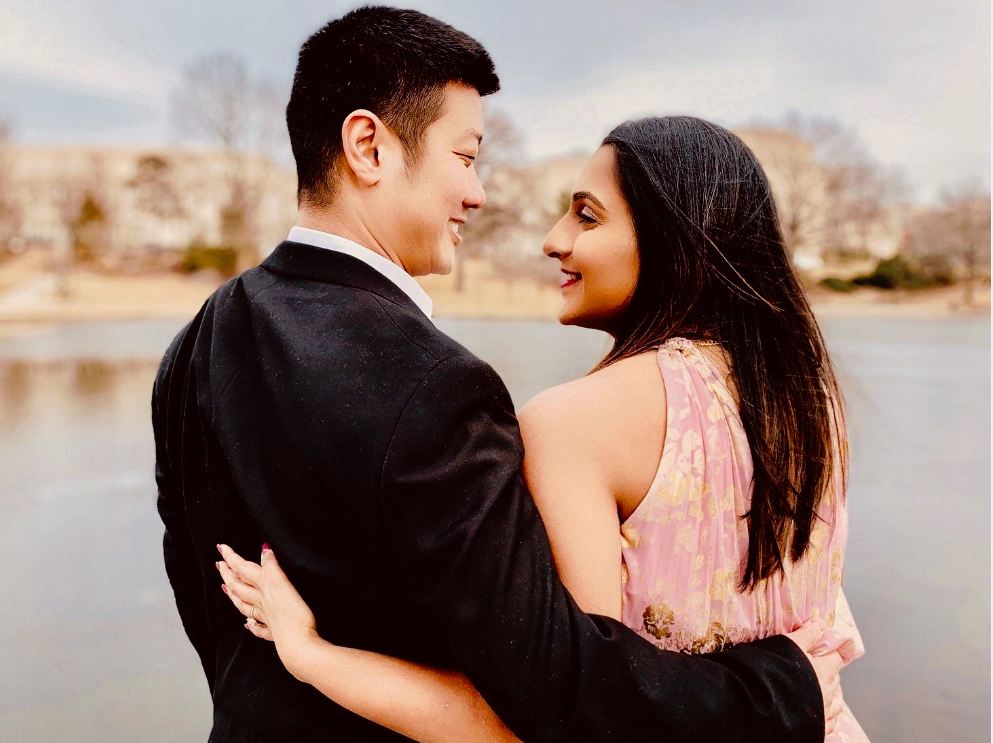
By Erin Chew
Asian social media platforms buzz when the topic of “mixed relationships”/”interracial relationships” is discussed, and it usually revolves around the themes of racial and gender dynamics between Asians and Whites. What these discussions ignore and omit is that interracial relationships are more than just the Asian and White. I personally think it is time we start talking, sharing and discussing other mixes as well.
Relationships between Chinese and South Indians are known as Chindian.” Culturally there are stark differences between the East Asian and South Asian cultures.
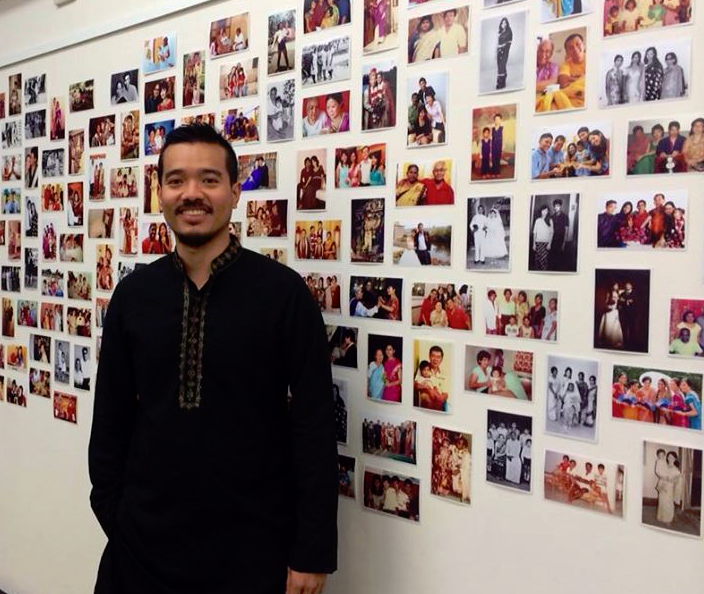
Interestingly, outside of Malaysia and Singapore, stories of “Chindian” relationships are now popping up on social media showing that inter-Asian relationships are growing and those in these relationships are proud to share their stories. Malaysian born creative and “Chindian” himself, Kevin Bathman in a bid in exploring his own “Chindian” roots started a Facebook page called “The Chindian Diaries”, which is a platform for “Chindian” couples to share their stories of love, life and what it means to be “Chindian”. In a speech he made back in 2014 when launching “The Chindian Diaries”, Bathman spoke about why he felt compelled to create this project:
The Chindian Diaries project was primarily to trace my own roots and explore my cross cultural identity. Some of you might be familiar with coinages like Indo-China, Sino-Indian and Indian-Chinese, but what is Chindian? The term is relatively new and loosely refers to families of mixed ethnicity, who trace their ancestry to both China and India.
By capturing them (Chindian stories), I hope it acts as a resource for future generations, and ensure they are never forgotten. The stories typically range from identity crises, cultural clashes, struggles and misunderstandings to stories of love and acceptance.
From my own observations, most Chindians experience an identity crisis in their lives as they have to straddle between the two distinctly different cultures – Chinese and Indian. And by sharing these stories, I hope there will be less isolation and prejudice from other people on mixed children.
The vision is to someday turn it into a performative piece, documentary and videos to put the stories out there. Today, the project on Facebook has become a much-needed forum for Chindians worldwide to share their experiences.
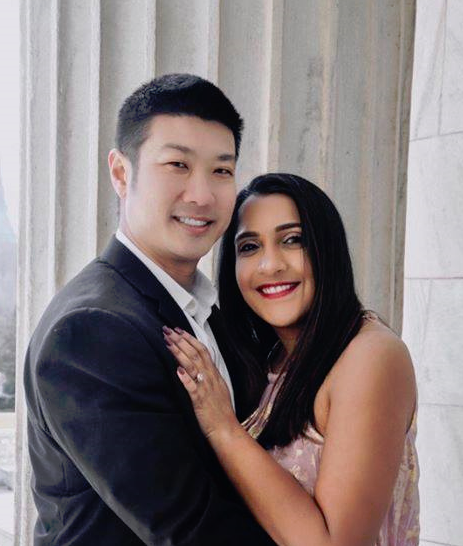
His project has a huge support base with the Facebook page generating over twenty six thousand likes with the stories of “Chindian” love being frequently posted. One such story which has caught my eye is the romance between Indian American Alekhya Dega and Chinese American Justin Shum. Dega recently shared her story on “The Chindian Diaries”, and it hit a nerve in me because despite all obstacles (including the initial disapproval) from parents on both sides, both Dega and Shum persisted with their love winning at the end. I had the opportunity to interview Dega and it was such an awesome experience to learn about their relationship. The good news is that their story has a happy ending and a bright future with Dega sending me photos from their recent engagement ceremony ( shared in this piece). But before I talk about our interview, here is an excerpt from the story she shared on The Chindian Diaries (click on the original Facebook post to read their entire story):
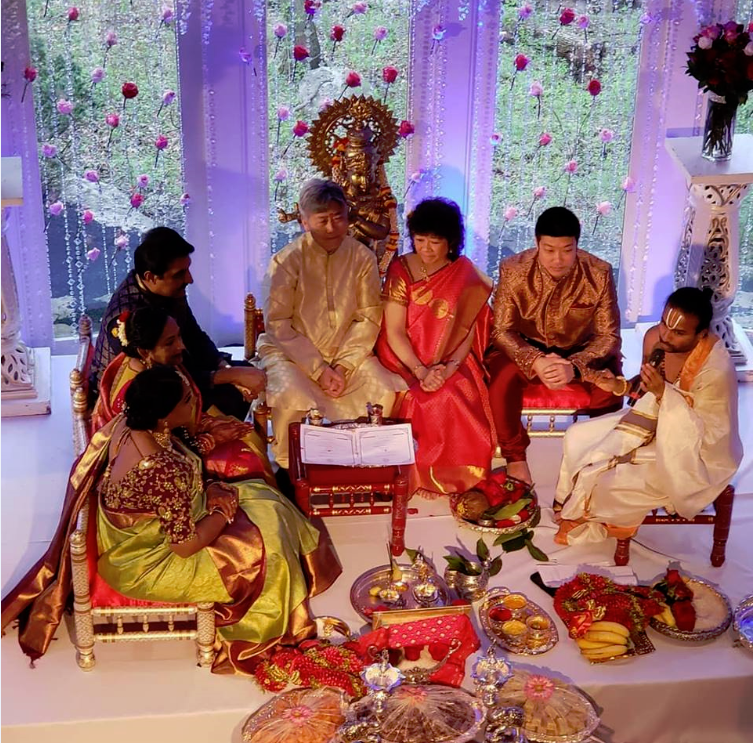
In 2017, I decided to tell my parents about Justin. I was afraid of telling them as he was not of the same race, caste and cultural ancestry. They had previously met Justin but had only known him to be a friend. When I told my parents that I had been dating Justin for some time and that I wanted to marry him, there was complete silence as they were shocked by the news. With my Mom sobbing, they accused me of deceiving them and called me a “horrible daughter” for lying to them. In a moment of anger, they said if I chose to marry Justin, I would be disowned and would not receive any family support. It was one of the most miserable times for me.
Adamantly, I told my parents I would wait as long as it took to get their approval. From that day onwards, my parents didn’t even want to meet him or speak of his name, Justin became “that boy”. I am thankful that Justin had always had a profound interest in religion, language and culture. He understood my situation and did not hold any grudges against my parents. During this time, Justin even helped me understand where my parents were coming from.
My interview with Dega focused on how they overcame some of the cultural obstacles and what it means to be a proud “Chindian American” couple. It was interesting to know that her grandparents and other family members back home in India took the news of the relationship better than her own parents did when she first introduced Shum to her parents.
I believe my grandparents took the news better than my own parents, because at the end of the day I am not their child but their grandchild. Parents tend to project their dreams and wants on to their child while grandparents look to make sure their grandchildren are happy and at peace. It took about a year and half for my parents to come around to talking about Justin and accepting the fact that I would marry him.
Justin’s parents have always respected me and treated me like a daughter ever since I dated Justin. Both sets of parents live 10 minutes away from where we are so we would see Justin’s parents every weekend. We would have dinner and talk about things going on in our lives. I felt like I was part of their family from the beginning.
I wondered if there are more visible “Chindian” relationships in the USA? Is this inter-Asian mix growing and what advice would Dega give other Indian/South Asians who are in “Chindian” relationships but are unsure how to make it public to immediate family:
I do feel that Chindian relationships are growing in the US but they are still below Indian-Caucasian relationships as far interracial relationships are concerned. Indians and Chinese have similar values morally and culturally so this should be an easier transition than most people fear.
I spent the majority of my 20s dating only Indian guys and I was sure I would end up marrying one too. What I found was not someone who was necessarily not Indian or Chinese but someone who was good for my life, who I knew would be a good husband, and a good father. Those qualities are not ones to find on paper. I would suggest looking at someone for their character, values, and not what society necessarily tells you. At the end of the day now, each individual has to live their life on their own. You reap the fruits and deal with the consequences, while having parents in your life is important, it is not selfish to care and want happiness.
It is important to note that the purpose of this piece is not to objectify “Chindian” relationships, but it is to bring awareness to the fact that this interesting union is growing and is inevitable as the global economic and social growth of Asia continues. When relationships deal with different cultures there are always beautiful stories of love and romance, but it also brings in a whole new set of challenges and obstacles when narrow ideas and close minds about cultural mixes arises. The wonderful part about this story is that the ending is a happy one and after interviewing Dega it is clear that love can transcend all obstacles and prevail.
AsAmNews has Asian America in its heart. We’re an all-volunteer effort of dedicated staff and interns. Check out our Twitter feed and Facebook page for more content. Please consider interning, joining our staff or submitting a story

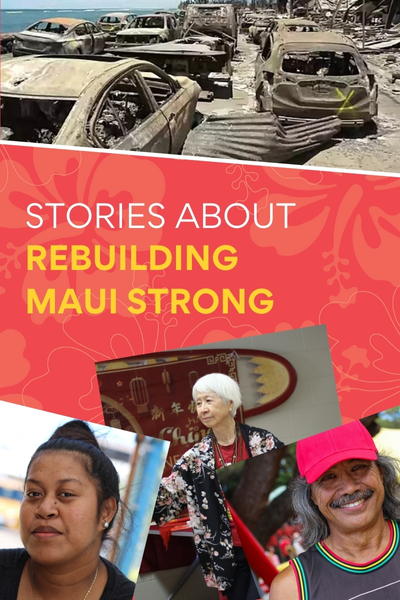
Singapore has 800,000 Chindian mixed people
80% being Indian Tamil men and han Chinese women
False report. Go on both govt of singapore and Malaysian offical website department of statistics, and you’ll find out furthermore information.
Mixed people? What the hell does that even mean? 🤣 Don’t you mean couples? Anyway, where’s your source on that claim? Because according to the Singapore department of statistics, only 23% of Chinese women marrying out married Indian men while 42% of Indian women marrying out married Chinese men. Stop coping. 😹
which statistic are you referring to?
here are the stats
there is definitely way more Indian men marrying Chinese women than reverse and its definitely not 42%, its literally 1% for Indian women and 5% for Chinese women
https://www.herworld.com/life/weddings/real-weddings/love-colour-blind-interracial-marriages-singapore-rise
what? I just looked up the stats on singstat, is showed the top 5 most common according to the women’s charter listed in Singapore and it was literally 7.9% for Indian men and Chinese women and the reverse wasn’t even listed. Also when I said mixed people, I mean Chindians are classified as Indian on the census.
Not even close, its literally not even 1% for Indian women. I checked. Its 27% for Chinese women. The Singaporean statistical website said so
mixed people of Chindian descent are people who are already born to Indian fathers and Chinese mothers in Singapore. The Singaporean Census identifies them as Indian and not mixed race if their father is Indian. Also no, I do agree that 80% is a very number he mentioned but I believe he meant people who were already mixed Indian Chinese. As for recent marriages, according to 2022 statistics, based off of the Women’s Charter and the Administration of Muslim Law Act, it shows that there were a total of 3506 inter-ethnic marriages. Indian men and Chinese women accounted for the 3rd largest portion of these inter-ethnic marriages at 7.9% according to the Women’s Charter. As for the Administration of Muslim Law Act, it shows that the largest combination according to their records for 2022 was Indian men and Malay women at 26.3%. They also show that 15.7% of Malay women on their statistic for 2022 married Indian women which is the third largest after Malay men and Chinese women at 16.4%. Chinese men and Malay women accounted for 11.2% of registered marriages by them. Statistics clearly show that there are more cases by a margin of Indian men with Chinese women and Malay women but the difference between Indian and Malay grooms is less than Indian and Chinese grooms because the statistic for Indian women and Chinese was so small that its not even included in the Women’s Charter nor the Administration of Muslim Law Act
https://www.google.com/url?sa=t&source=web&rct=j&opi=89978449&url=https://www.singstat.gov.sg/-/media/files/publications/population/smd2022.ashx&ved=2ahUKEwimz-_kkPOKAxUtSDABHdf_NkgQFnoECB8QAQ&usg=AOvVaw1o6DVI0vTOjYnF0257qR9S
Indian men and Chinese women have always had consistent high numbers in Singapore. This could be because Indian men are portrayed more masculine, taller, and nowadays more money than Chinese men in Singapore. This could be because Indian men are more extroverted and involved in media more. The reasons can vary but Indian men and Chinese women go way back to the 1960s. I do have to remind you that many of these marriages could be Chindian men and Chindian women with Chinese women and Chinese men because Chindians born to Indian fathers and Chinese mothers already are labeled as Indian on Singaporean statistics.
As for why there are more Malay men with Indian women as opposed to Chinese men with Indian women. It could be because Indian Muslim women might look a man’s religious upbringing more often. Generally Indian women do not find Chinese men or their upbringings attractive but Malay men due to Islam and many Indians being Muslims have a chance and the numbers prove this.
Also Indian women do not even marry white men in the UK, America or Canada at over 40%, its impossible to even fathom them doing that in Singapore. Even 3rd generation Indian women in Britain marry out at 10.8% and Indian men for 3rd generation are 13.7%. The stats are posted by Raya Muttarak who gathered sources from the General House Survey
proof?
42%? You troll, indian women in the west don’t even marry white men at that amount, not even close. Show me the numbers